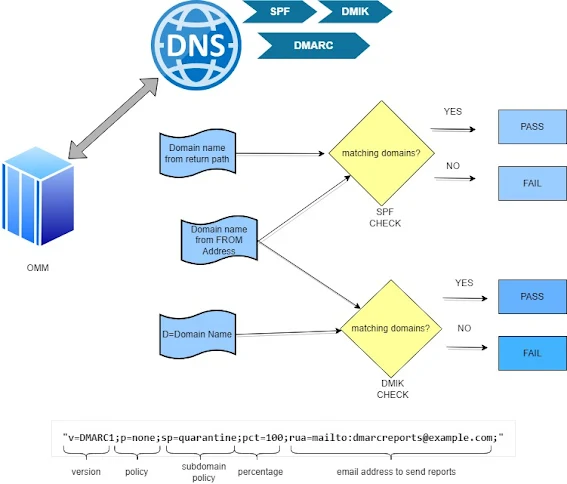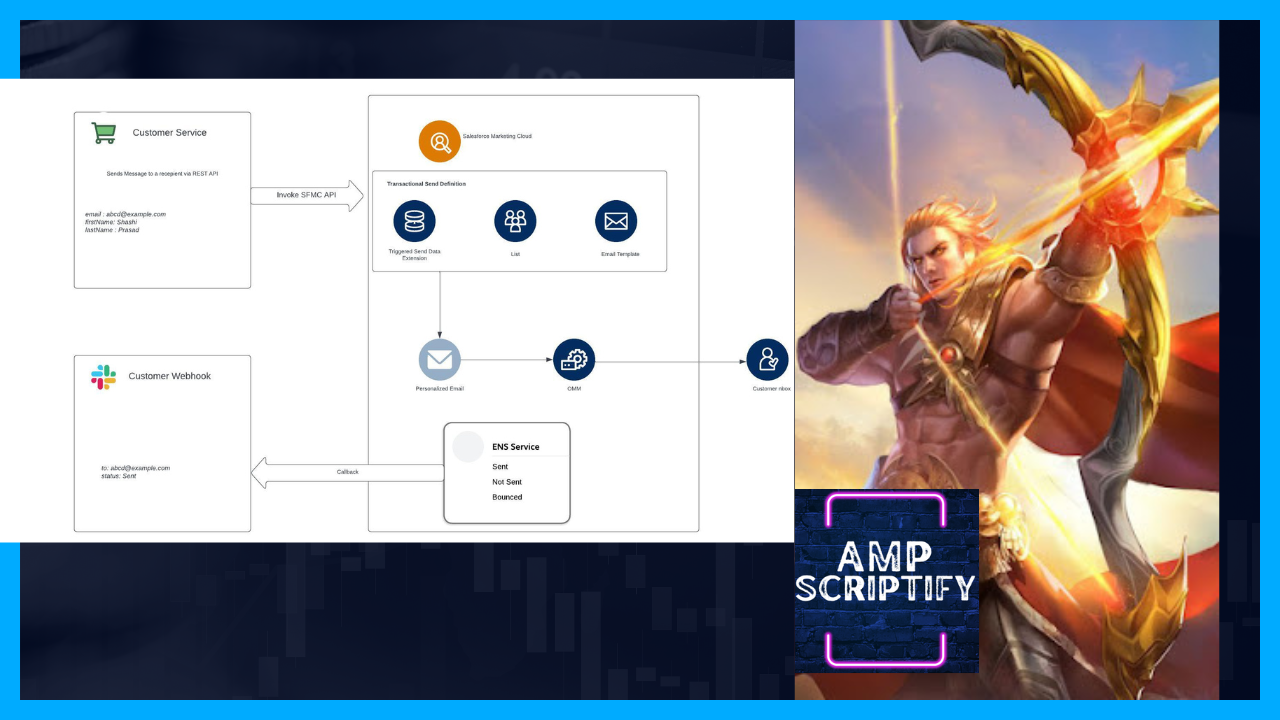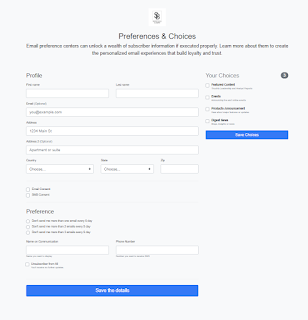Sender Authentication Package with DMARC configuration
Sender Authentication Package :
It's a branding tool which has a package of features that marketing cloud configures for you.
In our previous blog we learnt about :
1. How DMIK works
2. Why DMIK is required by marketing cloud for your CUSTOM domain
If you haven't read DMIK, here is the link.
In this blog we will learn about DMARC and why we need them for SAP configuration.
Domain-based Message Authentication, Reporting and Conformance (DMARC)
What is DMARC
- DMARC is designed to give email domain owners the ability to protect their domain from unauthorized use, commonly known as email spoofing and phishing emails.
- It provides additional protection for email and works with SPF and DMIK.
- DMARC helps the receiving email servers to determine, what to do with the emails sent from your domain that fails SPF and DMIK.
SYNAX :
"v=DMARC1;p=none;sp=quarantine;pct=100;rua=mailto:dmarcreports@example.com;"
v is the version
p is the policy [none, reject, quarantine]
sp is sub domain policy
pct is perctentage
rua is the email address of sent
DNS will be of record type TXT.
When we send emails to mail servers, mail servers will extract the return path and validates with the domain name form address, if the they match , SPF will Pass else it will fail.
Mail servers will also validate D=Domain from DMIK signature with the domain name from address, if they match , DKIM will Pass else fail.
Now, based on the DMARC signature, if SPF fails, or DMIK fails or both fails, it checks the policy and decides what action needs to be taken.
There are three types of policy :
1. None
2. Reject
3. Quarantine
How you need to enter DMARC into your hosting servers :
Type = TXT ; Host = _dmarc; TXT Value = v=DMARC1;p=none;sp=quarantine;pct=100;
RECAP:
- DMARC WORKS WITH SPF AND DMIK, YOU NEED TO PUBLISH SPF AND DMIK BEFORE ENABLING DMARC
- PROVIDES ADDITIONAL PROTECTION AGAINST SPOOFING AND PHISHING ATTACKS
- ITS HELPS RECEIVER SERVERS TO ACT BASED ON POLICY WHICH SPF AND DMIK FAILED
- IT CAN REPORTS FOR FURTHER ANALYSIS.
TOOLS TO ANAYLZE YOUR DMARC :









Comments
Post a Comment